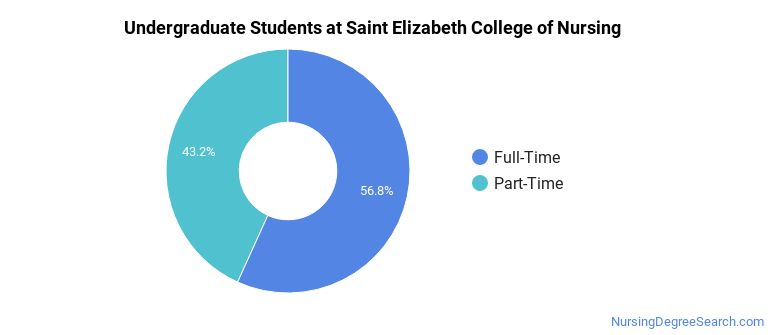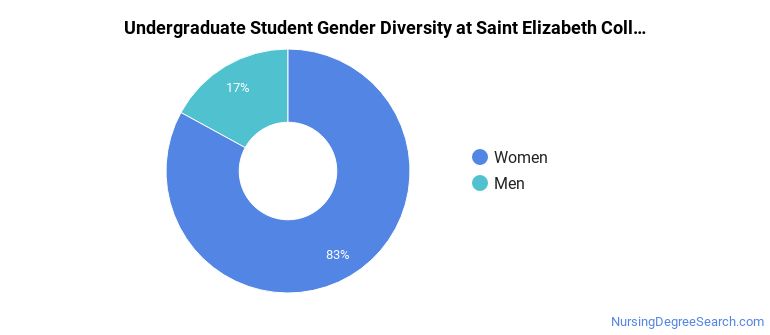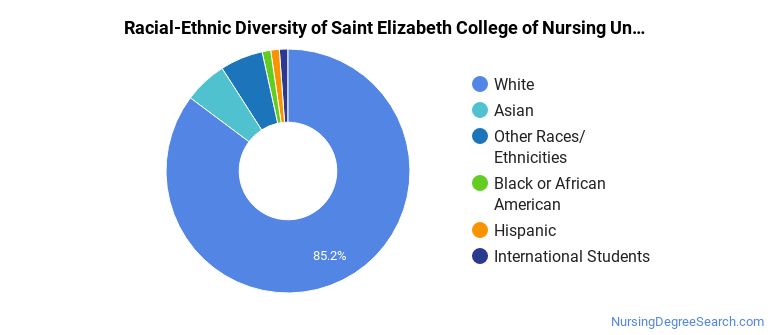Saint Elizabeth College of Nursing Nursing Programs
Saint Elizabeth College of Nursing is a private not-for-profit institution located in Utica, New York. The location of the school is great for students who enjoy the amenities of city life.
Where Is Saint Elizabeth College of Nursing?

Contact details for Saint Elizabeth College of Nursing are given below.
| Contact Details | |
|---|---|
| Address: | 2215 Genesee Street, Utica, NY 13501 |
| Phone: | 315-801-8253 |
| Website: | www.secon.edu |
How Do I Get Into Saint Elizabeth College of Nursing?
You can apply to Saint Elizabeth College of Nursing online at: https://www.secon.edu/
Admission Requirements for Saint Elizabeth College of Nursing
| Submission | Required? |
|---|---|
| High School GPA | 1 |
| High School Rank | 3 |
| High School Transcript | 1 |
| College Prep Program | 3 |
| Recommendations | 3 |
| SAT or ACT Scores | 5 |
| TOEFL | 3 |
How Hard Is It To Get Into Saint Elizabeth College of Nursing?
Approximately 50% of accepted students are men and 50% are women. The acceptance rate for men is 100%, and the acceptance rate for women is 100%.
About 100% of students accepted to Saint Elizabeth College of Nursing submitted their SAT scores.
Can I Afford Saint Elizabeth College of Nursing?
Saint Elizabeth College of Nursing Undergraduate Student Diversity

Gender Diversity
Of the 88 full-time undergraduates at Saint Elizabeth College of Nursing, 17% are male and 83% are female.

Racial-Ethnic Diversity
The racial-ethnic breakdown of Saint Elizabeth College of Nursing students is as follows.

| Race/Ethnicity | Number of Grads |
|---|---|
| Asian | 5 |
| Black or African American | 1 |
| Hispanic or Latino | 1 |
| White | 75 |
| International Students | 1 |
| Other Races/Ethnicities | 5 |
Saint Elizabeth College of Nursing Nursing Concentrations
The table below shows the number of awards for each concentration.
| Major | Associate’s | TOTAL |
|---|---|---|
| Registered Nursing | 53 | 53 |
| TOTAL | 53 | 53 |
References
*The racial-ethnic minorities count is calculated by taking the total number of students and subtracting white students, international students, and students whose race/ethnicity was unknown. This number is then divided by the total number of students at the school to obtain the racial-ethnic minorities percentage.
More about our data sources and methodologies.
